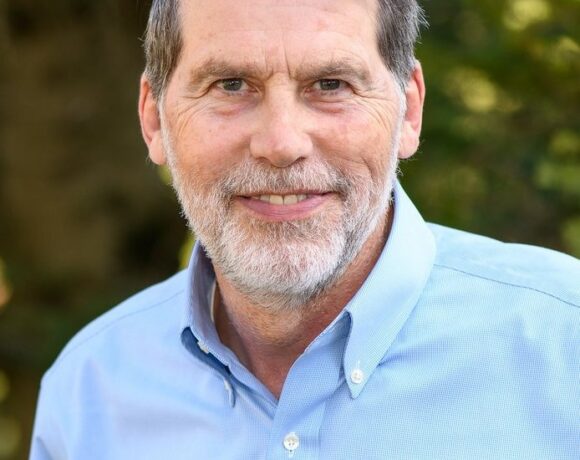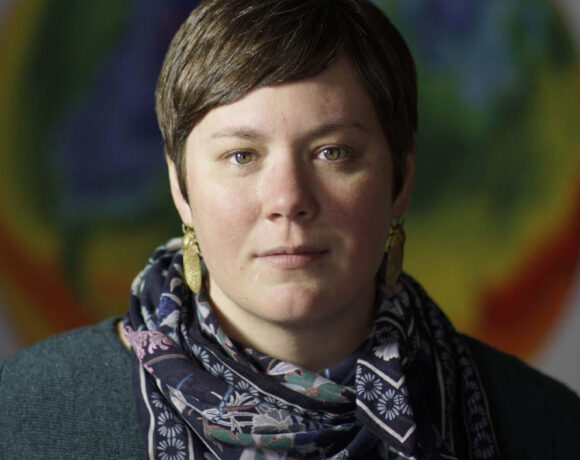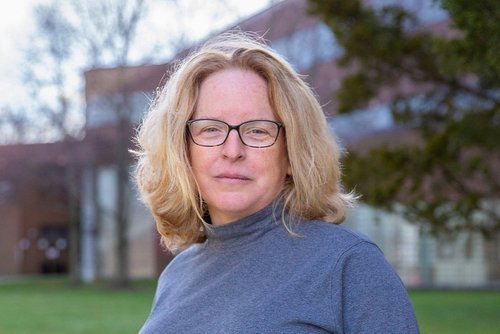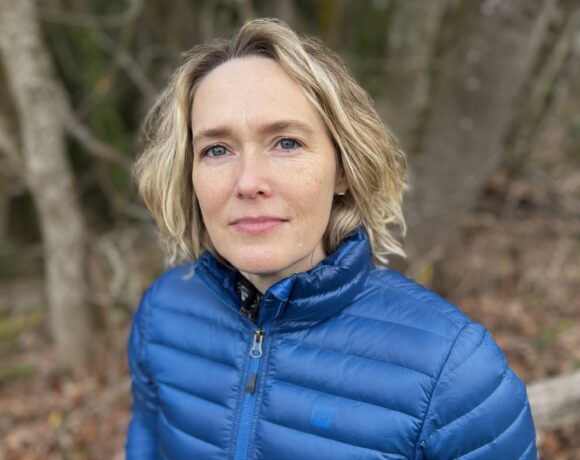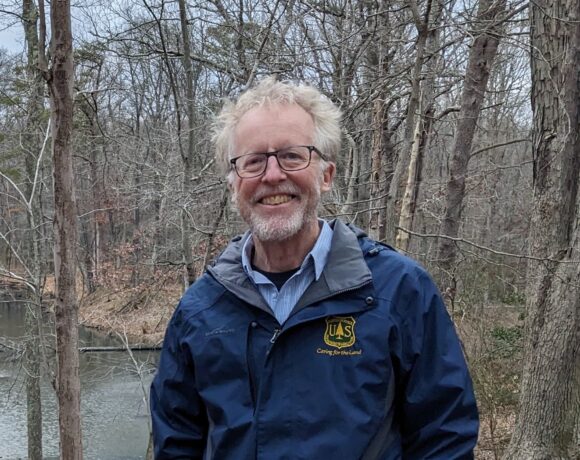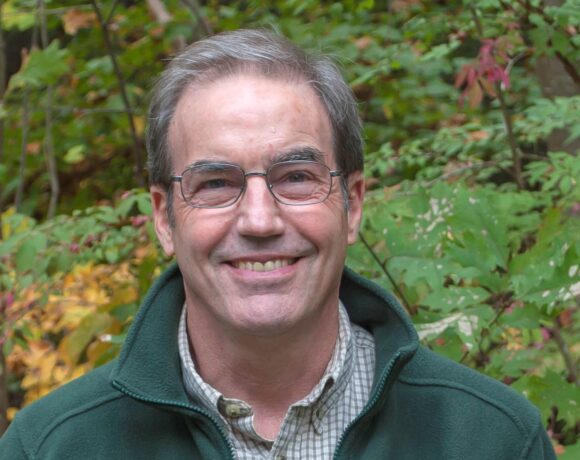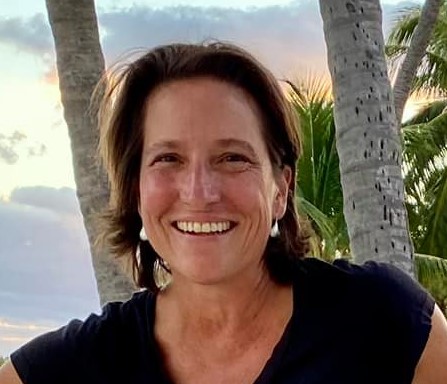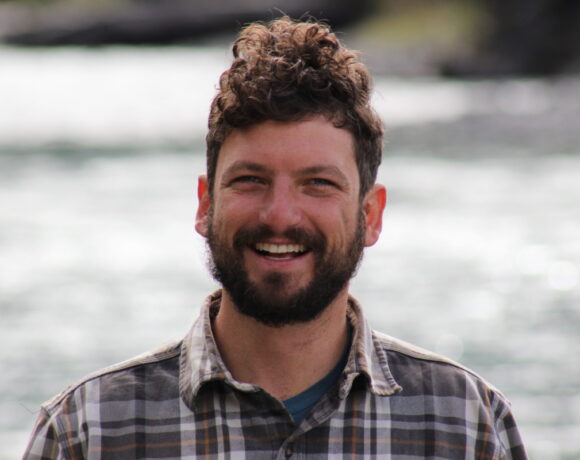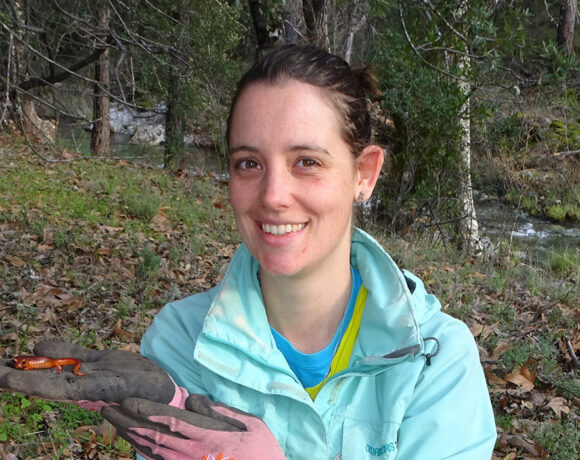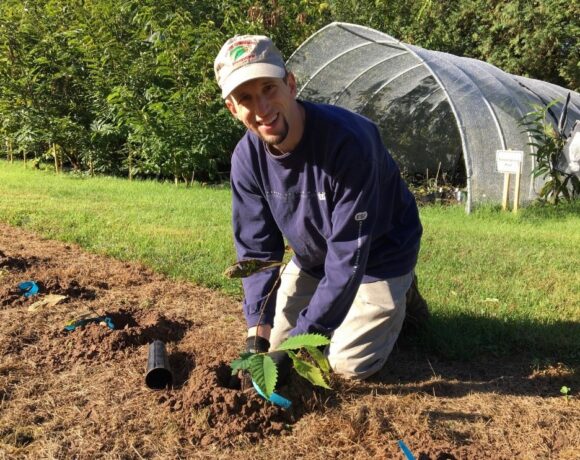Dr. Meghan Brown’s research and passion has taken her from the Great Lakes to the Caribbean, in search of answers to complex invasive species issues. NYISRI is pleased to feature her work in this month’s researcher spotlight:
What kinds of research questions related to invasive species are you currently asking?
My research explores how the establishment of non-native species is influenced by and changes the recipient environment. What places are most vulnerable to invasions? How quickly will a species spread once introduced? How are invasions promoted or minimized by human actions? A particular focus of mine is understanding how the ecology and spread of non-native, invertebrate species are shaped by human-made canals and reservoirs, and how these same species are responding to other environmental changes such as a warming climate and nutrient pollution in their invasive and native ranges. I am also investigating the roles of tourism, trade, and biogeography in how non-native plants are redistributed among islands in the Caribbean.
What are the basic methods you are using to answer your research questions?
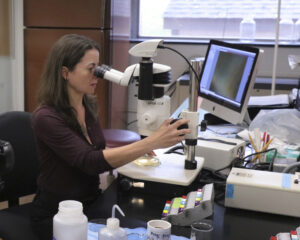
I study both lakes and terrestrial islands, which are ecological “kissing cousins” because their relative isolation creates a sensitivity to non-native species introductions. The particular method I use is driven by the question, and I have employed everything from PVC to eDNA! One approach that I use to study non-native, aquatic species is paleolimnology. The depths of a lake are often thought to be mysterious and the lairs of secret serpents, and they do hold a lake’s untold stories! Microscopic, fossilized remains and geochemical changes in a lake’s accumulated sediment allow a retelling of environmental changes that might not have been recorded when a species invaded a lake. I also use field observations, laboratory studies, and mathematical models. Collaboration with other scientists – from undergraduates to established researchers – is another important element of my approach. Methodologies and research outcomes are always richer when working with many minds.
Do you have a personal story or path that led to your interest in this research?
I spent my first decades of life comforted and inspired by the northern Great Lakes. I swam endless summer days in the blue-green water, fished with my family, and crewed tall ships on the rolling waves. This romance was punctuated by witnessing their vulnerability; some springs my favorite bays were blanketed with decaying non-native alewives, and, by my teenage years, the soft sands were pitted with landmines of sharp zebra mussel shells. When I left for college to study medicine, it was quickly apparent that my passion was addressing ecological dis-ease instead.
How does your research relate to a wider field of invasive species prevention/management?
Some of my research questions directly inform policy and management. What techniques should anglers use to minimize the transport of non-native species in their gear? How will non-native species establishment alter the biomagnification of mercury? Are physical or chemical controls most effective to minimize nuisance species? My most recent paper raises the importance of international, forward-thinking policies that address tourism-related vectors (both accidental and horticulturally planned) due to tourism’s outsized role in shaping the distribution of non-native plants in the Caribbean. Tourism (not trade), combined with island area, explains 90% of the pattern in non-native plant occurrence among 45 Caribbean islands, and this novel finding has major implications to improve the prevention and management of non-native plants.
What’s the most important thing about your research for stakeholders, managers, or policy makers to know?
Two come to mind. The first is “Clean, Drain, and Dry” which is an approach to minimize the spread of aquatic species. The DRY part of that is exceptionally important to prevent the spread of invertebrate species that produce robust eggs that survive movement among lakes in the gear of anglers, boaters, and scientists. Visiting only one lake a day and drying your gear is the best way to prevent spreading the eggs of the spiny waterflea. Other techniques are either ineffective or not practical. For example, using bleach appears to increase the likelihood that eggs will hatch! Second, scientists want to work with resource managers and policymakers to apply their findings. In my work with Cuban and US scientists, we’ve identified invasive plant species at most risk to establish in Cuba, which currently has an impressive invasion deficient (hundreds fewer non-native plants are established than we would expect) due to its economic isolation, providing an unintended defense from non-native-species. With prospects of thawing US-Cuban relations, we advocate that scientists, natural resource managers, and policymakers from both nations work together to apply best practices to minimizes species redistribution.
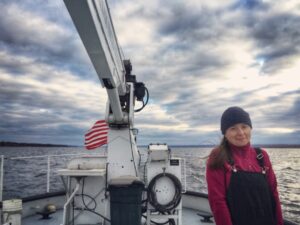 What do you hope the long-term impact of your work will be?
What do you hope the long-term impact of your work will be?
As an academic scientist, I do a lot of teaching—I teach students in my courses and research lab, fellow scientists through my published research, and policymakers and the public through outreach. I do an equal amount of learning from those same people! From my own learning, I understand the catalyst of heart-driven science, and I hope that I teach the facts as much as the song. We are studying, managing, maybe even saving species not because they are scientifically interesting but because each species connects to others. Ecological systems are inherently shaped by disturbance, and teaching and learning about those constructive and destructive forces (including non-native species) is critical to future generations coping with change and respecting the other species that share and shape our common home.
Read the results of her recent collaborative study
Read more researcher spotlights:



